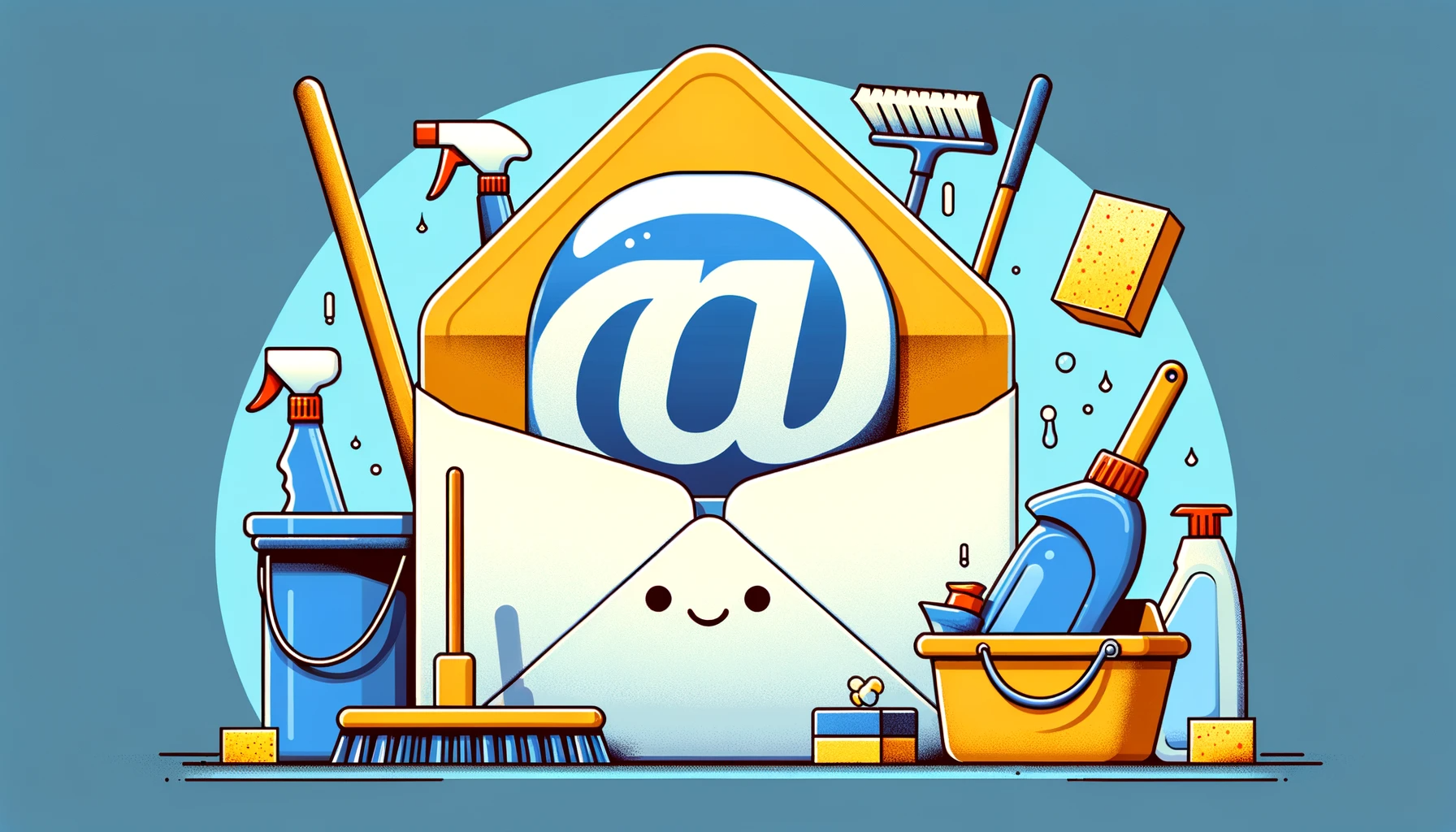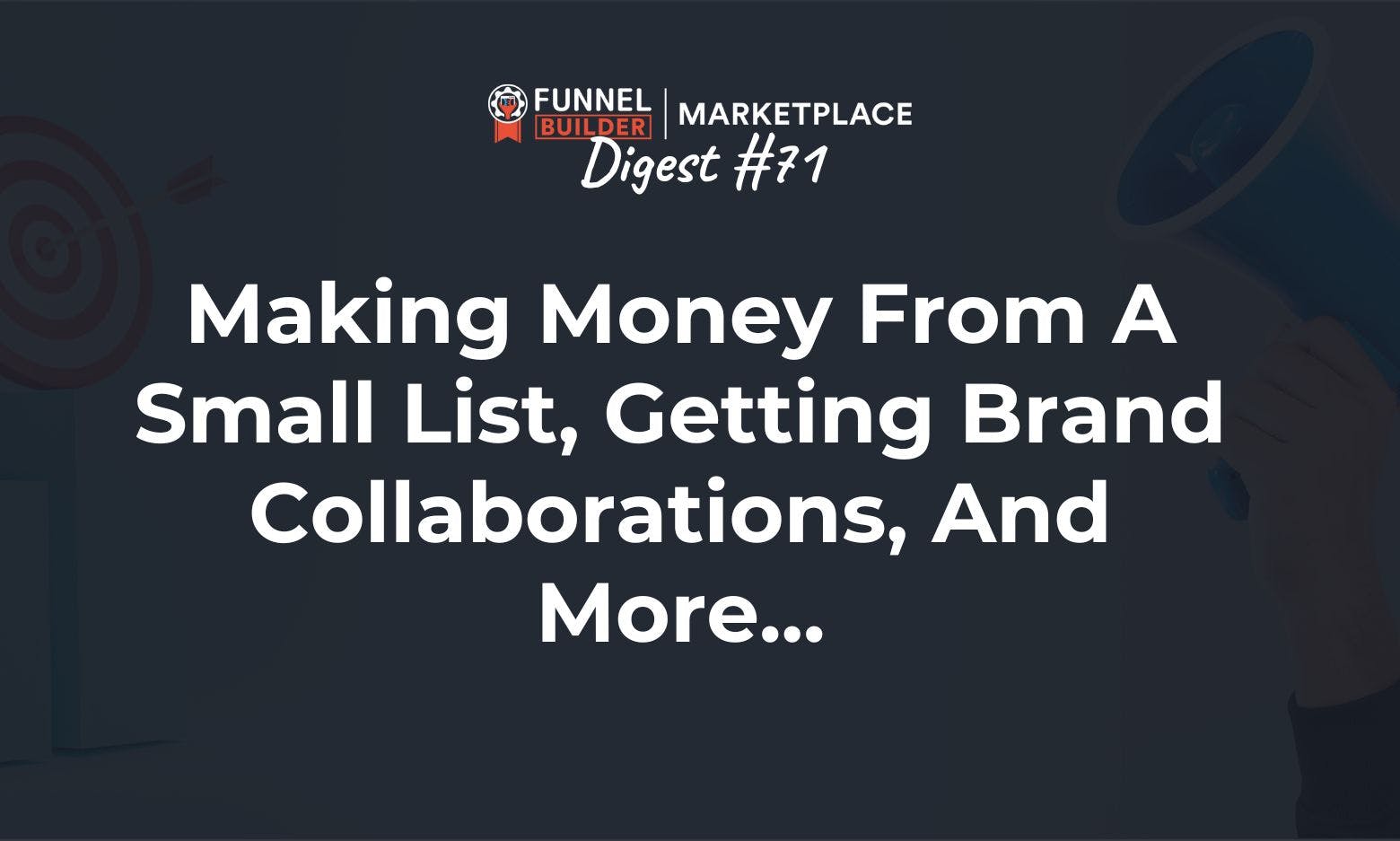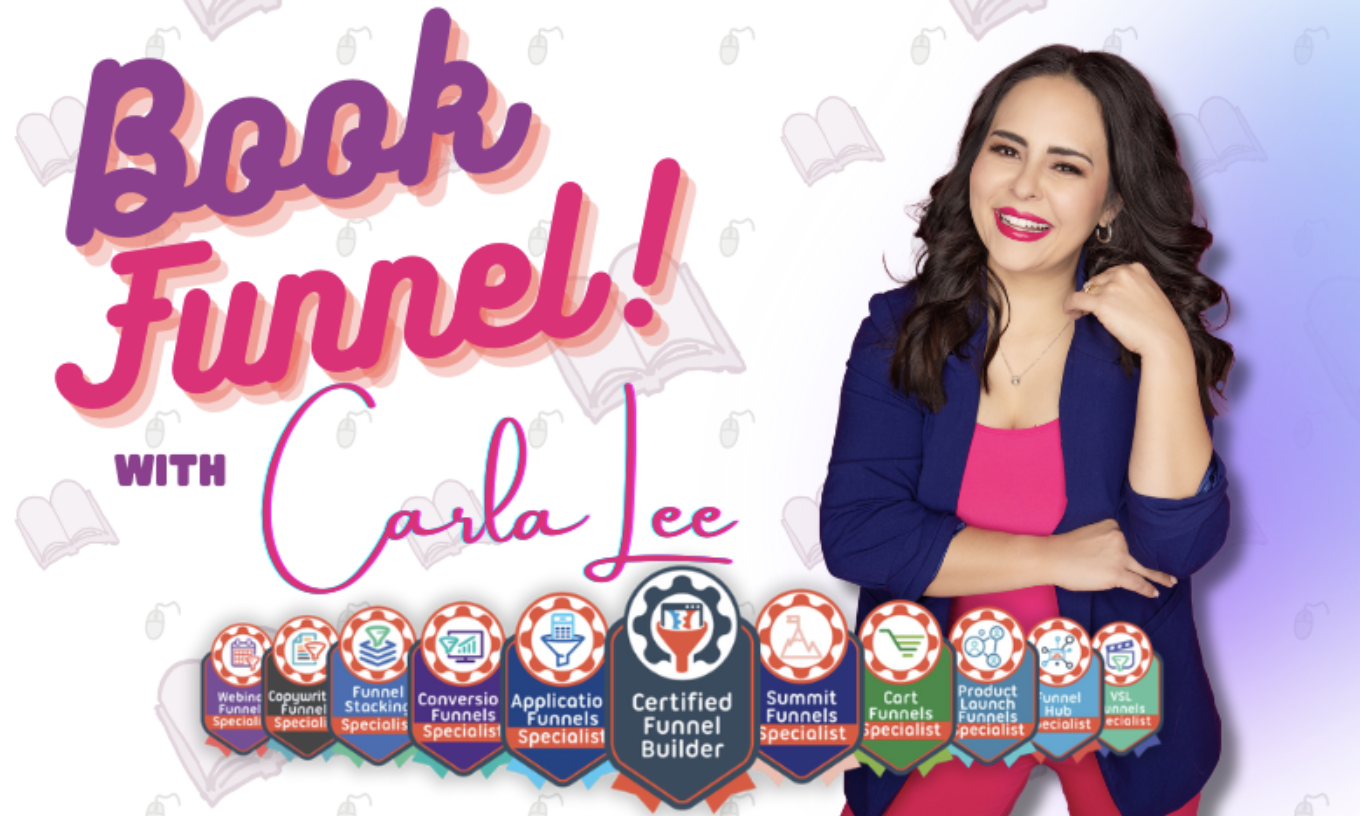I hope you've had a great week!
1. FBM EXPERT TIP:
I was speaking to certified funnel builder Carla Lee recently about the fact that a lot of new business owners feel they need to build a big following or email list before they can start offering them products.
This isn't true.
Carla Lee told me about Jen A. Miller, who sold $9,500 of ebooks even though she had just 894 email subscribers.
Her audience is mostly people interested in becoming freelancers. At the end of 2019, she'd had her best year freelancing so decided, instead of putting all of her tips in the newsletter, she took a week to write a 10,000 ebook and offered it to her list for $10.
The book was so popular, she spent another week writing a follow-up book with more tips. Next thing she knew, she had made just under $10,000.
If you have a list of any size that you can provide value for, why not see if an ebook will net you some extra income? You don't even have to write it. You could tell your audience you're writing one and offer them a special presale price to buy.
Then, if you need someone to build you a high-quality book funnel to maximise your conversions, send a message to Carla Lee. She'll build you something fantastic.
2. MARKETING TIP:
On the topic of email...
One thing people don't often talk about is cleaning up your email list.

If you have a list of 1000 subscribers and 700 of them haven't opened your emails in a long time, this is going to impact your deliverability.
Companies like Google rank your domain in terms of how popular your emails are. If large portions of your subscribers don't open your emails, Google is going to start leaning towards putting all of your emails in promotions or spam.
It's also going to cost you money to keep them on your list.
A great way to keep your list clean and active is to do a reactivation campaign.
A good campaign might win back anywhere from 5 to 15% of your inactive list (a great one might win back as many as 25%).
In the campaign, you want to target the following groups:
- Unengaged — Subscribers who last opened or clicked between 90 and 180 days ago
- Dormant — Subscribers who last opened or clicked between 180 days and 12 months ago
- Zombies — Subscribers who last opened or clicked more than 12 months ago
- Ghosts — Subscribers who never opened or clicked any email, 12 months or more since the first email was sent
What emails should you send as part of a reactivation series?
The goal of this series isn’t just to remove inactive readers — it’s to win back some of them and get them to start opening your emails.
Here are 5 emails you can send. You don't have to send them all. Typically 2 or 3 will work well over a couple of weeks+.
1.) The Opt-Down email
If you send multiple emails — like a daily news email and a weekly roundup — your first email might be an invitation to opt down from the daily to the weekly.
You could even use this to find out what they want. Maybe you send a daily or weekly email and a large portion of your list tell you they want something you don't yet send.
2.) The Get Us Out of Spam! email
If your list is growing fast, but engagement isn’t growing with it, your email may start going into spam.
The best thing to do in this situation is to email your list explaining how to whitelist your emails or ask them to reply. Either of these show their mail provider they want your emails and ensure you land in the inbox.
3.) The Best Of email
With this email, pick a handful of top-performing tips or stories from previous emails and bundle them into one email.
We do this at specific dates and milestones (50th email, year roundup, etc).
The email simply explains why we haven't been emailing them, why we're emailing them now, and says, if it's not for you, click the unsubscribe link and we'll stop emailing you.
4.) The Last Chance email
This is best deployed as one of the last emails in a reactivation series. Basically, you're telling them you're cleaning your list.
The key with this email is that it’s opt-in, not opt-out. Subscribers need to click the button to stay on the list.
5.) The Confirmation email
This email confirms you've removed them from your list. It can be a straightforward email with the subject like, “You’ve been unsubscribed from our newsletter”.
In the email, you explain how they can opt back in if they choose.
3. TOP TIP FROM A FELLOW COMMUNITY MEMBER:
The thought of doing a brand or influencer collaboration can be pretty scary, especially if you've not done one before.
![]()
However, you're never going to get over that first-time resistance until you have your first collab.
Therefore, I wanted to share some tips Thomas Griffin posted recently to help you get your first collab under your belt. Here they are:
1. Know what you want
Define and set your goals clearly. You should have a clear idea of what you want from a collaboration, to minimize potential conflicts down the line.
2. Find the right partners
The next step is identifying the best partners for the collaboration. This requires extensive research, and leveraging your network to find the right partners.
The goal here is to find brands whose values and goals align with yours.
3. Reach out
It's best to send an email or make a call to discuss the proposal first.
This will help you shortlist potential partners based on what they have to offer, and their level of interest.
4. Make it official
Draft an agreement that clearly states the terms and conditions of the collaboration, and outlines the expectations of the parties involved.
5. Devise a plan
Your goal here is to stand out from the competition in your respective industry, and get more eyeballs on your product.
Define key deliverables, a timeline, and expected outcomes. Create a to-do list, splitting objectives into tasks that are to be performed by each party.
Whether you announce new products, plan marketing campaigns, create content together, promote your solutions, or host events, all tasks supporting the collaboration should be clearly listed.
This step also covers the allocation of resources. When you collaborate with a brand, you get to leverage the resources of your partner, and vice versa.
6. Track progress
It's important to keep tracking your progress throughout.
When you track your progress, it becomes easier to identify what's working and what isn't. Gather the data, and assess it against your KPIs.
Also, make it a priority to maintain a good relationship with your partner(s) in the long run! This can help open the door to future successful collaborations.
4. FUNNEL OF THE WEEK:
Last week I mentioned our product manager Seth's new newsletter and it struck me just how simple the opt-in page is. So, I wanted to use it as the funnel of the week.
We've seen before that very simple and clean opt-in pages can do incredibly well. But, I'm interested in getting your thoughts.
What do you like about the page? If it were a topic you were interested in, would you opt in? If not, what would you like to see added? Do you like the blog?
Click here to view the funnel and then let me know your thoughts.
5. FOOD FOR THOUGHT:
"Create a definite plan for carrying out your desire and begin at once, whether you are ready or not, to put this plan into action."
– Napoleon Hill - "Think and Grow Rich"
Have a great weekend,
Lee
_01HEWV1VFR5R55ZBEEW8P18AFV.png)
Heading to one of my
fav restaurants on a
double date tonight.
Kung Pao Cauliflower
here we come!


